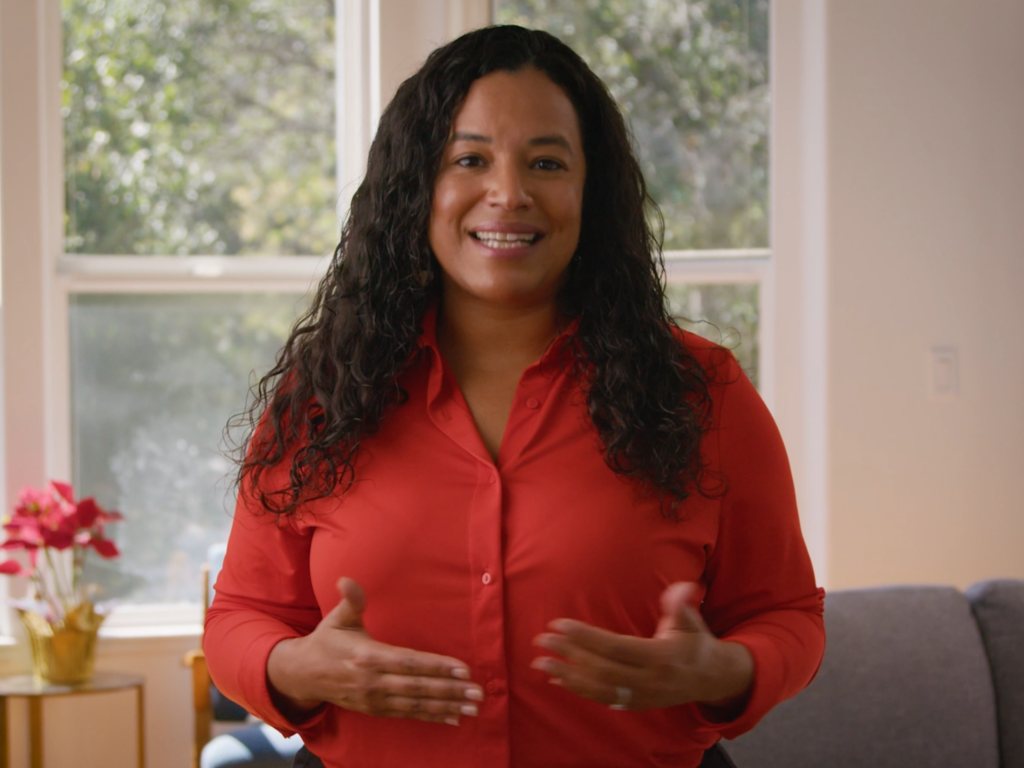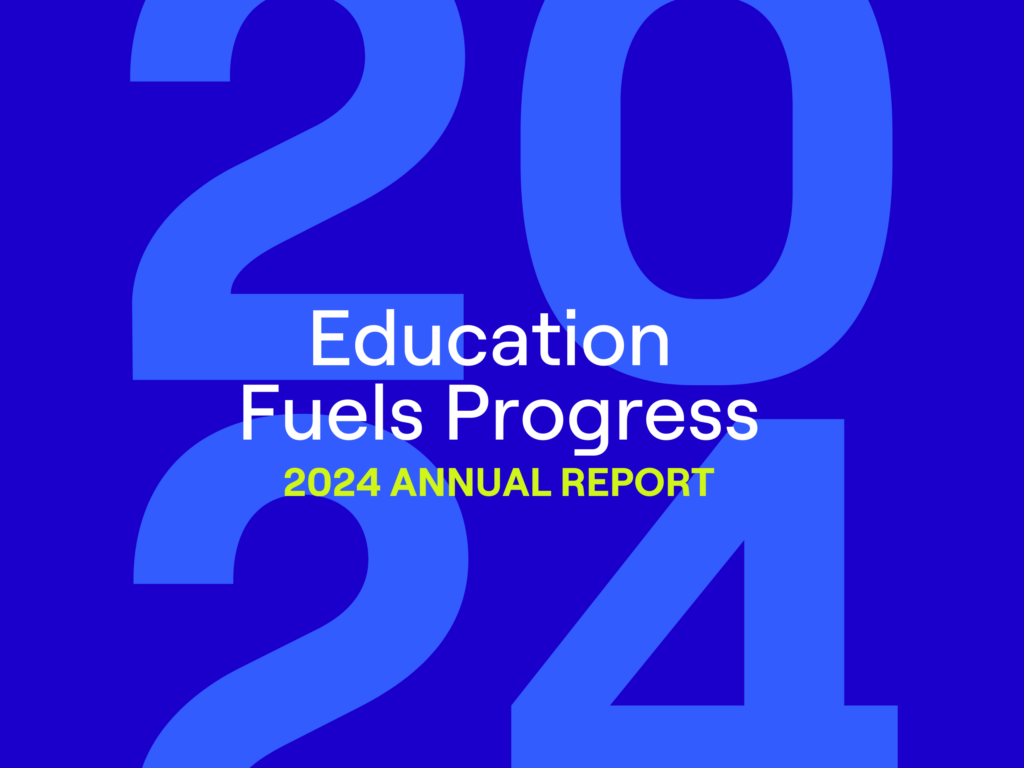The opening plenary was simulcast on Facebook Live. We hope you were able to listen, but if not…no worries! We’ve got a recap for you.
Jahari Shelton, a tenth grader from Washington, D.C., was the first voice we heard this morning at NewSchools Summit 2017. And, if you don’t know who he is, you should. He is a young man on a mission to design, create — and one day lead – an innovative school. And, not only does he have tremendous dreams, he’s also putting those dreams into action.
“The great education I received changed my life, and helped me think about creating the school of the future,” said Shelton. He is acutely aware of the power of a great education and the role of young people in shaping the educational experience. “If we show up and demand attention, our voices will shake the ground of tradition. Demand, demand, demand.”
Following Jahari, our CEO Stacey Childress took the stage to officially open Summit 2017. She acknowledged that today’s young people are the most diverse and connected generation we’ve ever seen. Thanking Jahari, she added, “Can’t wait to see what he comes up with for his new schools!”
Stacey set the tone for a day of celebration, connection and challenge. She noted that parents from all over the country are going to take to the plenary stage at lunch. And, in our closing session, we will continue an ongoing conversation that began last year at Summit. That conversation will be about areas of disagreement and finding common ground.
“One-third of Summit attendees are Black and Latino. That number was 12 percent five years ago. We are also thrilled to say that 50 percent of today’s speakers are black and Latino. If we’re going to reimagine learning, we’re going to need the best ideas from everybody. We need to repair fissures that are in our current coalition. And, we have to dream big enough to create a broad coalition that can create lasting change,” said Childress.
She continued, “The gap between the aspirations kids have for themselves and the preparation they receive is huge. This something we must all be focused on. Kids need a strong academic preparation, but we know they also need mindsets, problems solving skills, and a sense of belonging. They need agency, perseverance. The truth is most schools aren’t working well enough for students.”
Providing an overview of the day, Stacey offered, “We have 17 or 18 breakout sessions, in addition to the plenaries. There are a mix of veterans and new voices to help us grapple with new challenges like how to ensure rigor in personalized learning environments…or how are state and district chiefs using ESSA to spur innovation. We also have a great session on rural schools. It’s a jam-packed day.” With a laugh, she teased the crowd, “I hope you’ll go to at least a little bit of content, in between meetings in the hallway with your funders!”
She then introduced The Founders session, noting that NewSchools is part of a dynamic network of innovators that set out to create a new kind of school, creating opportunities for low-income students so every one of them makes it to college.
Richard Whitmire, author of the book, “The Founders,” led a conversation with Don Shalvey about the lessons learned when founding the first generation of Charter Management Organizations. Shalvey is founder of Aspire Public Schools, and currently a Deputy Director at the Bill & Melinda Gates
Foundation. Shalvey took us back to 1998 and recalled the collective energy when this CMO movement got started.
“We figured out there was a way for a single board of directors to oversee multiple charter schools, and we knew we’d created an opportunity for a limitless number of charters,” said Shalvey.
Nancy Bernardino, Todd Dickson, Derwin Sisnett and Diane Tavenner then joined Shalvey on the stage to discuss their own journeys as the next generation of innovative school leaders.
When asked what does impact mean, Derwin defined it as “how can we create many cities that are anchored in high-performing schools. We should be thinking about the students and families we serve and paying that forward.”
Todd described it as “empowering all students to live and lead with purpose.”
Nancy said it’s about having the responsibility to prepare this next generation of students to lead. She added, “The idea of opening an all-girls school came from my own opportunity to attend a school like that. I wanted to figure out how to give it to more girls — and more girls who look like me. It’s tremendous to see kids blossom and see the impact they will have on the greater community.”
When Don asked about what innovation means to these school leaders, Diane said it is about innovating around the entire model of the school. “We have to ask how do we look at science and what it tells us about people … and what they can learn and how they can learn. We are committed to new ideas. It’s painful to look at a new idea and say we already tried that. But, we have to be actually moving forward and not just retreading what someone else has already done. We are not going to get further by redoing the same thing someone else has.”
Todd cautioned the audience to beware of the tension between innovation and change fatigue. “How much innovation should you do to make sure it’s effective? Many of us get focused on our big idea and how to execute it. But, you need to be designing an innovative culture. It can be a big mistake to overlook that.”
When asked about what funders should know, Derwin said, “We will fail, but that doesn’t mean we shouldn’t have the opportunity to try and try and try.”
Adding laughter and levity, in the way that only Don Shalvey can, he closed by asking each panelist to select a song title that speaks to their experience. Responses included “It’s Tricky,” “Call Me Maybe” and a crowd favorite, “Leave your Lover,” by Sam Smith. Derwin Sisnett encouraged funders to stop only funding the thing you feel comfortable going home to. Go with the thing you really can’t explain, but it just feels right.”


